pest control services Catalina Foothills
Understanding Pest Control Services in Catalina Foothills
Pest control services in the Catalina Foothills are a critical component of local environmental health and residential safety. These services specialize in the management, reduction, or elimination of pests that can be detrimental to human health, crops, and property. The region’s unique ecosystem, characterized by diverse flora and fauna, presents specific challenges for pest control professionals. From preventing termite infestations to managing rodent populations, these services employ a range of strategies, including biological control, exclusion methods, trapping, chemical treatments, and monitoring.
The historical context of pest control in Catalina Foothills dates back to the early settlements when rudimentary methods were used to protect crops and livestock. Over time, the industry has evolved with advancements in technology, biology, and chemistry, leading to more effective and environmentally conscious practices. Today, pest control services are integral to maintaining the balance between wildlife and human habitation, ensuring that both coexist harmoniously within this picturesque landscape.
Global Impact and Trends
Pest control services have a global impact, influencing agricultural productivity, public health, and biodiversity conservation. Catalina Foothills’ approach to pest management is part of a larger international dialogue on sustainable pest control practices. Key trends shaping the trajectory of pest control services include the adoption of Integrated Pest Management (IPM) systems, the use of biological pest control agents, and the development of advanced monitoring technologies that allow for real-time data collection and analysis.
The global influence of pest control services is evident in how different regions address invasive species, crop pests, and urban pests like rodents and mosquitoes. For instance, regions with arid climates like Catalina Foothills face unique challenges such as managing scorpion populations or safeguarding against drought conditions that can exacerbate pest infestations. The collective response to these issues underscores the importance of a global collaborative approach to pest management.
Economic Considerations
The economic aspects of pest control services are multifaceted, impacting various sectors including agriculture, forestry, urban development, and public health. Market dynamics in Catalina Foothills reflect the demand for environmentally sustainable and technologically advanced pest control solutions. Investment patterns indicate a growing interest in green pest management technologies that offer long-term benefits without compromising ecosystem integrity.
Pest control services contribute significantly to economic systems by protecting crops, reducing property damage, and preventing disease transmission. The sector’s economic impact extends to job creation, innovation in pest control methodologies, and the promotion of sustainable practices that can lead to economic diversification and resilience.
Technological Advancements
Advancements in technology have revolutionized pest control services in Catalina Foothills. Innovations such as drones for aerial surveillance, advanced data analytics for predictive modeling of pest outbreaks, and genetically modified organisms (GMOs) for biological pest control are transforming the industry. These technologies not only enhance the effectiveness of pest management but also promote sustainability by reducing reliance on chemical pesticides.
The future potential of these advancements lies in their ability to integrate with IoT (Internet of Things) systems, enabling real-time monitoring and response to pest activity. The development of artificial intelligence (AI) and machine learning algorithms promises to further refine predictive models and decision-making processes within the industry.
Policy and Regulation
The regulatory framework governing pest control services in Catalina Foothills is stringent, with policies designed to protect public health and the environment. Legislation dictates the use of pesticides, the handling of toxic materials, and the protocols for the disposal of pests. These regulations are influenced by federal, state, and local guidelines that aim to balance the need for effective pest control with the imperative to protect human health and the environment.
Key policies include the Worker Protection Standard (WPS) to safeguard pest control workers, and the reduction of restrictions on certain pesticides under the Federal Insecticide, Fungicide, and Rodenticide Act (FIFRA), which allows for more flexible application methods in specific situations. The influence of these policies on the development of pest control services is profound, ensuring that practices are not only effective but also responsible.
Challenges and Criticisms
Pest control services in Catalina Foothills face challenges such as the emergence of resistant pest species, regulatory compliance, public perception, and the environmental impact of control measures. Critics argue that some traditional methods are too reliant on chemical pesticides, which can have adverse effects on non-target organisms and contribute to soil and water contamination.
To overcome these issues, a multi-faceted approach is required. Solutions include promoting IPM practices, investing in research for alternative control methods, enhancing public education on the importance of pest control, and advocating for policies that support sustainable practices. By addressing these challenges head-on, the industry can continue to evolve and meet the needs of the community while protecting the environment.
Case Study: Catalina Foothills’ Response to Scorpion Infestation
In response to a scorpion infestation in Catalina Foothills, local pest control services implemented an IPM strategy that combined habitat modification, exclusion techniques, and targeted treatments. The program involved community education, landscaping adjustments to reduce scorpion habitats, and the use of non-toxic bait stations for controlled pesticide application.
This case study exemplifies how local pest control services can effectively manage pest populations through a collaborative approach that integrates various strategies. The success of this initiative demonstrates the potential for sustainable pest management solutions that protect both the public and the environment.
Conclusion
Pest control services in Catalina Foothills are at the forefront of an industry undergoing significant transformation due to technological advancements, regulatory changes, and global trends. The community’s commitment to sustainability and public health is reflected in the innovative practices employed by local pest control providers. As the sector continues to evolve, it will remain critical to address challenges, adapt to new technologies, and uphold policies that ensure both effective pest management and environmental stewardship. With a focus on collaboration, education, and responsible decision-making, pest control services in Catalina Foothills will continue to serve as a model for sustainable pest management worldwide.
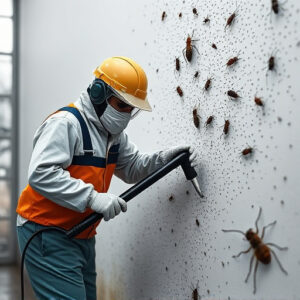
Pest Control Services Tucson: Rodent Infestation Solutions for Homes
Rodent infestations in Tucson homes are common, requiring professional pest control services from re.......
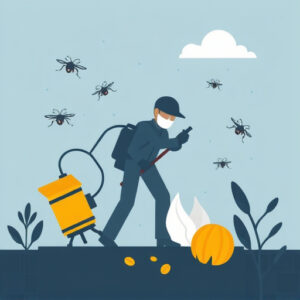
Prevent Seasonal Pests in Catalina Foothills with Tucson Pest Control
Catalina Foothills' diverse ecosystems and seasonal climate present unique pest control challen.......
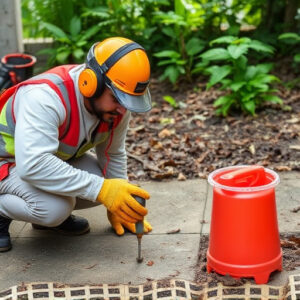
Prevent & Manage Ant Infestations in Catalina Foothills: Tucson Pest Control Experts
Ants thrive in Catalina Foothills' warm, dry climate, attracted to sweet and protein substances.......

Seasonal Pest Control Tips for Tucson’s Catalina Foothills
Tucson's diverse ecosystems and seasonal climate shifts impact pest patterns, requiring year-ro.......

Cost-Effective Pest Control for Tucson Homes: Natural & Professional Solutions
Catalina Foothills, Tucson's diverse ecosystem attracts pests. Professional, eco-friendly pest.......

Affordable Organic Pest Control: Tucson Solutions for Homeowners
Catalina Foothills residents choose natural, DIY pest control methods using essential oils and herbs.......

Prevent Seasonal Pests: Tucson’s Comprehensive Pest Control Strategies
Homeowners in Tucson's Catalina Foothills region face seasonal pest problems, from ants and sco.......
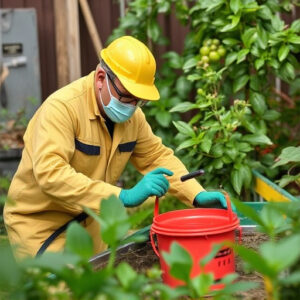
Catalina Foothills Pest Management: Natural Solutions for Tucson Homes
The Catalina Foothills region in Tucson, Arizona requires tailored pest control services to manage d.......
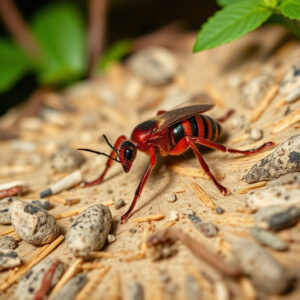
Sustainable Pest Control: Eco-Friendly Solutions for Tucson Gardens
Catalina Foothills promotes sustainable pest control through biodiversity, native plants, and natura.......
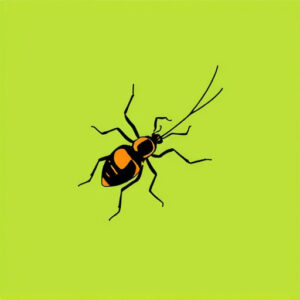
Seasonal Pest Solutions for Tucson Homeowners
Catalina Foothills homeowners face seasonal pest challenges from scorpions to ants. Professional pes.......